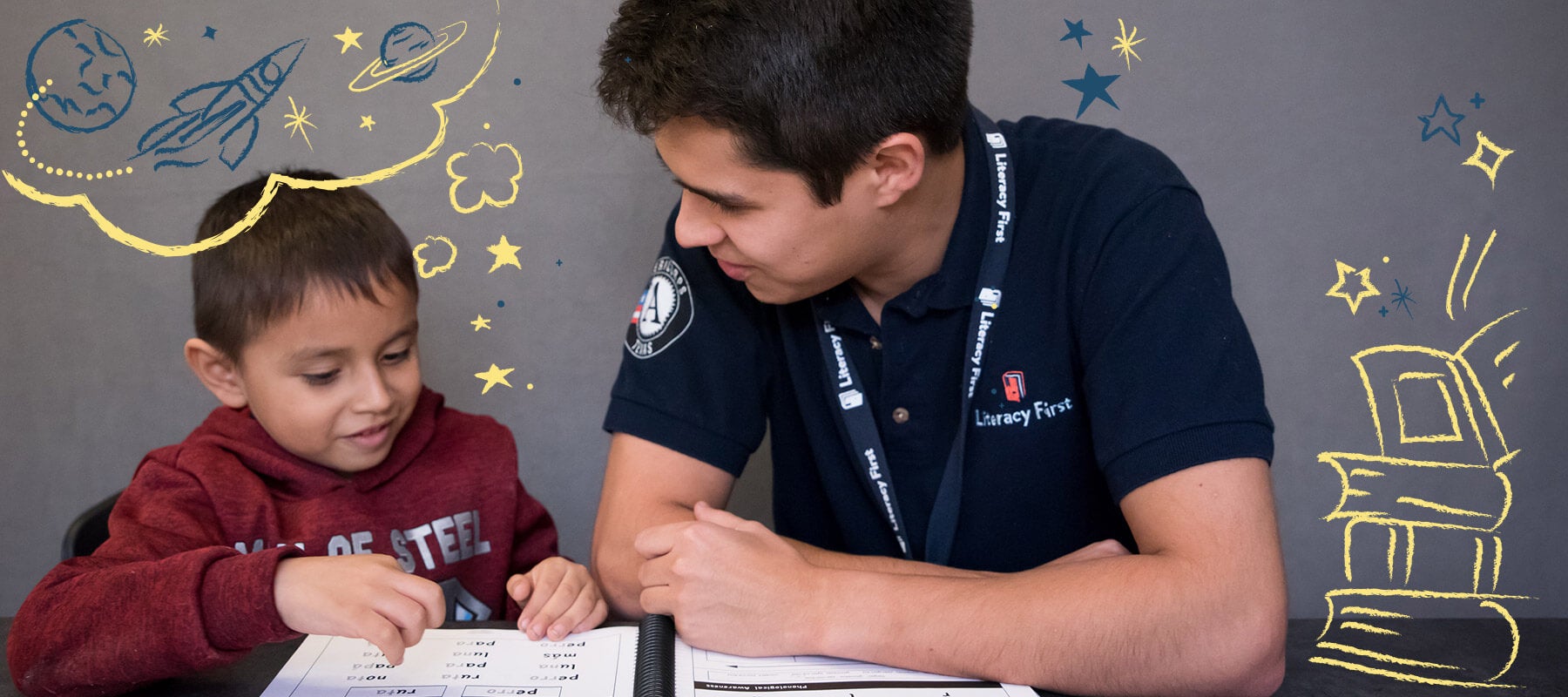
Addressing The Need
for Early Literacy
Literacy First’s research-grounded, field-tested early intervention model addresses the “early reading gap,” a persistent and growing problem in U.S. education systems.
Students who cannot read well by third grade are more likely to drop out of high school, and students in poverty are at even greater risk. Conversely, students who graduate from high school are twice as likely to be employed and able to more fully contribute to the community.
Being able to read by third grade is crucial: math tests have word problems, fiction and nonfiction books become topics for class discussions, and written essays are common homework assignments. Experts refer to this as the switch from “learning to read to reading to learn.” If children cannot read by grade three, they cannot get the most out of their educations, ultimately limiting their potential.
This problem starts on day one. Here in Austin, one in four children live in poverty – and cost-of-living studies show that is a low estimate. As a result, less than half of our children are ready to learn on their first day of kindergarten.
These are smart, capable students, but early experience gaps mean they are playing “catch-up” from the beginning.
It is essential that students learn to read in the early grades so they can read to learn and take full advantage of instruction in all their other classes.
Therefore, Literacy First works with kindergarten through second grade children with low reading scores and gets them up to grade level. We make sure they maintain their gains after they graduate from our program.
